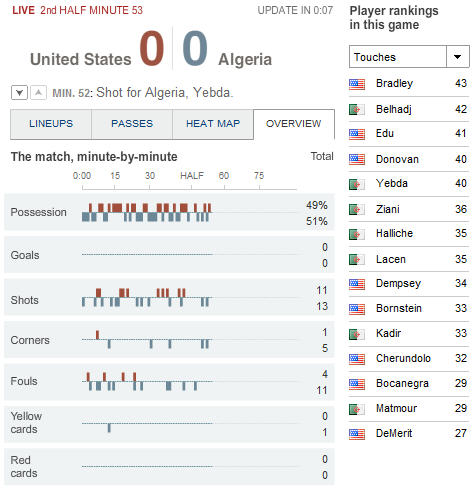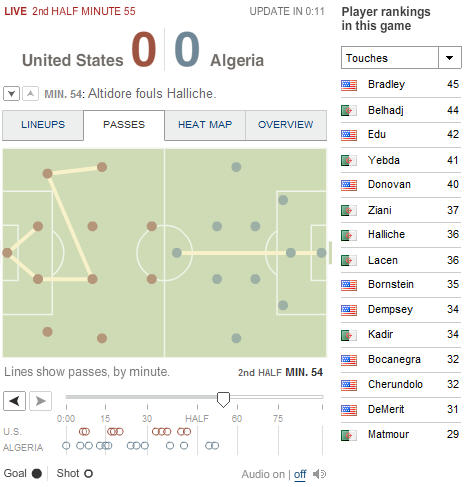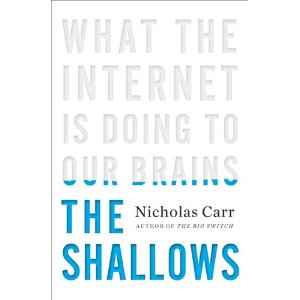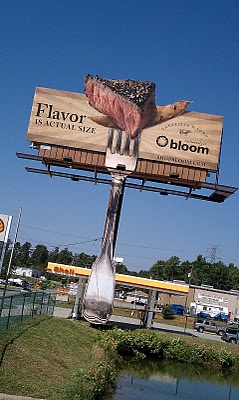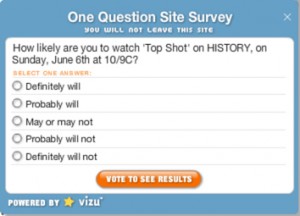The U.S. just won a pivotal game in the World Cup, and it was a squeaker. I “watched” it while working, using an amazing new data visualization app on the New York Times website. One tab in particular reminded me of the teachings of data visualization guru Edward Tufte. It showed an easy-to-read display of key game statistics, updated every 15 seconds:
The right column had a pull-down that allows users to see vital statistics about each player. The number of touches in the game, by player, is shown above. Others include fouls, cards, and of course goals (a list of exactly zero players at this point in the game!)
No, I’m not such a data wonk that I could feel like I’ve experienced the action by watching this view. But the other tabs at least gave me a hint at the action I was missing away from the television screen. Check these out, keeping in mind that you can see the latest action, and review the action that took place earlier, in a type of choppy animation, using the timeline player at the bottom of the app:
And here’s another:
Notice, at the very bottom of the graphic, the audio toggle. I chose to keep the app in the background, with the audio turned on. Throughout the game, the app was silent (thank goodness it didn’t pipe the vuvuzela noise through my computer speakers!) That is, the app was silent until that U.S. goal in added time. That’s when I heard a three-second burst of cheers. It was a cue for me to check the app and receive the thrilling news.
Edward Tufte believes the future vitality of business — and perhaps even of our species — hinges on how well we can communicate complex information quickly and intuitively. The Times has adopted many of his favorite techniques, particularly in the Finance and Sports sections. For example, those little sparklines you can find there were first made popular by Tufte.
This latest real time tracking of the complex game of world football (a.k.a. soccer) is a demonstration of how far we’ve come with data visualization, and an exciting taste of the future. Gooooaaaaallllll!
